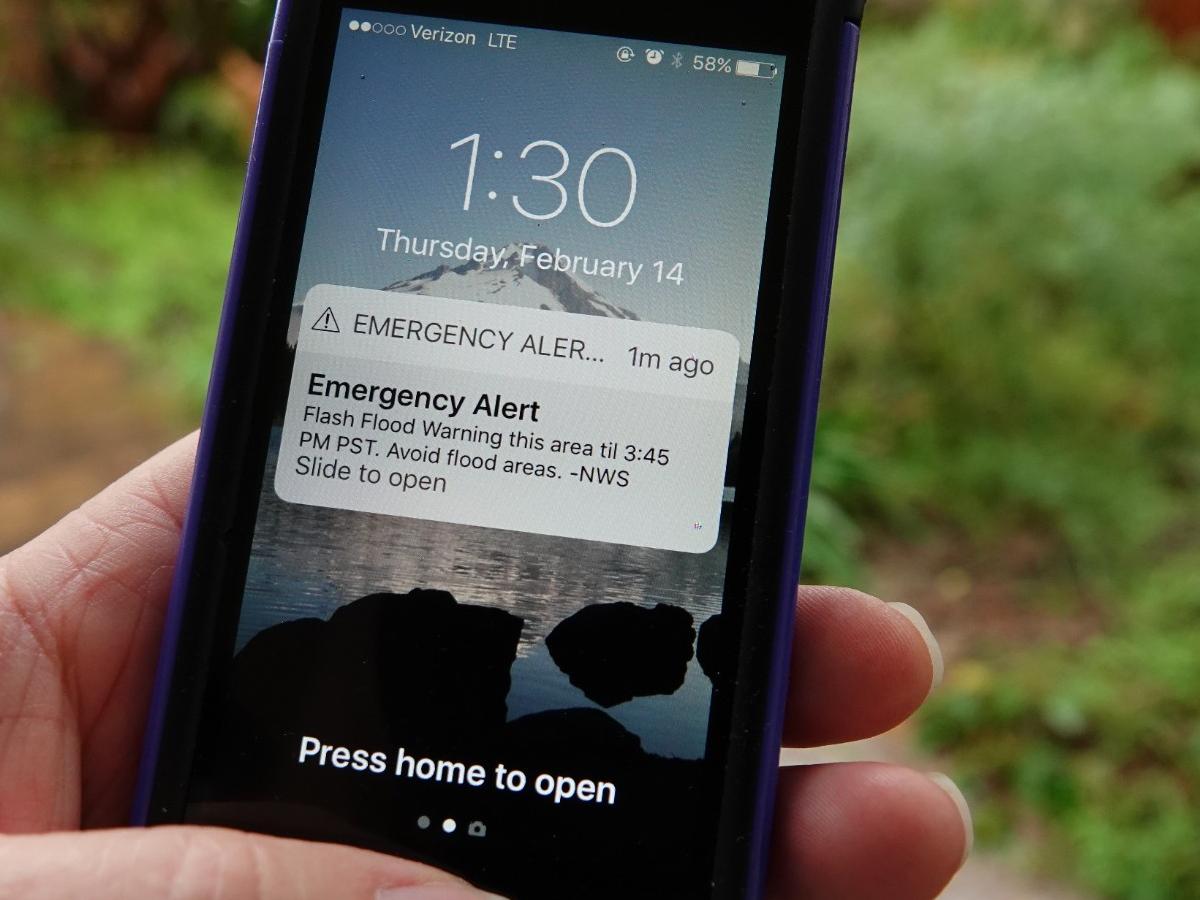
The United States uses a complex set of emergency alert tools run by federal, state, and local agencies, as well as private companies, to alert the public to urgent situations. At the federal level, the Federal Emergency Management Agency (FEMA)’s Integrated Public Alert and Warning System (IPAWS) was developed by the U.S. Department of Homeland Security (DHS). IPAWS includes the Wireless Emergency Alerts (WEA) system, a national public warning system that targets and localizes alerts to mobile devices. The WEA system shares current and critical information between emergency managers and their communities via message to mobile devices that include national alerts, imminent threat alerts, public safety alerts, and AMBER (America’s Missing: Broadcast Emergency Response) Alerts. WEA uses cellular broadcast technology to send messages via cell towers, which send messages specifically to cell phones within the immediate impact area. IPAWS engaged the Homeland Security Operational Analysis Center to assess how well the U.S. public received the 2023 nationwide test of the WEA system.
The authors summarize how well the U.S. public received the test alert based on a nationally representative survey of the public directly following the test alert. This work should be of interest to the FEMA IPAWS Office; the Federal Communications Commission (FCC); the National Oceanic and Atmospheric Agency, and specifically the National Weather Service; the National Center for Missing & Exploited Children; all other organizations that develop emergency alerts and communications; and disaster science researchers.
Key Findings
- Most U.S. adults with working cell phones reported receiving the national test alert, but variations tied to certain factors (phone carrier, WEA capability, age and community demographics) suggest areas for improvement.
- Two-thirds of respondents reported having heard of WEA prior to the national test alert, suggesting the value of targeted public education.
- One in six respondents reported having opted out of at least one type of WEA alert, which limits WEA’s reach.
- AMBER Alerts were the alerts most commonly opted out of, and this related to statewide AMBER Alerting, which could add to local challenges in finding missing children.
- WEA appears to reach individuals with disabilities at rates similar to the general public, but further research is needed to better understand functional needs.
- IPAWS needs a flexible and ongoing capability to understand public WEA experience.
- The survey highlights the importance of collaboration and coordination among different stakeholders.
Recommendations
- IPAWS should seek to better understand the challenges faced by older adults and those living in more-rural areas, potentially developing targeted interventions and engaging carriers to find solutions (e.g., making WEA capability more prominent on device packaging and within user manuals).
- FEMA should work with carriers and device manufacturers in taking a multipronged, universally accessible approach to increasing WEA awareness, including geographically targeting outreach (perhaps through regional staff in the Office of External Affairs), working with Apple to improve customer awareness, and designing awareness campaigns for key demographic groups (and, in particular, language, ethnic, and racial minorities).
- IPAWS and the FCC should work with Apple on opt-out implementation and communication (e.g., regarding inclusion of a Settings button on the WEA alert screen) and seeking to better understand the drivers of high opt-out rates among younger adults and those with subsidized phones.
- IPAWS should engage state and local originators, as well as the National Center for Missing & Exploited Children, on how AMBER Alert policy varies and on its effectiveness nationwide, combined with augmented public awareness campaigns on the importance of opting in to AMBER Alerts.
- IPAWS should conduct an additional study of functional needs, engaging the disabled community in both qualitative and quantitative ways.
- The DHS, FEMA, and IPAWS should consider establishment of a more flexible survey capability, suitable for ongoing evaluation of WEA’s ability to serve the needs of the U.S. public.
- IPAWS should continue to coordinate with government and private partners to improve WEA outcomes.

